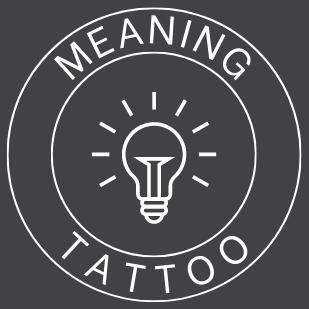Tattoos have been a form of expression, identity, and art for centuries, and Berber tattoos are no exception.
These tattoos, originating from the Berber or Amazigh people of North Africa, carry a rich tapestry of history, symbolism, and cultural significance.
From the bustling markets of Morocco to the vast Saharan dunes, Berber tattoos tell stories of identity, belief, and artistry.
Why are Berber tattoos so revered and what secrets do they hold? How do they differentiate from other African tattoos?
What do these symbols convey about the lives and beliefs of the Berber women who traditionally bore them?
Delving into these questions reveals a world where every line, dot, and figure carries deeper meanings, often rooted in ancient traditions and cultural narratives.
In this article I am committed to exploring the depths of Berber tattoo symbolism.
This article may contain affiliate links. If you click on one of them, we might receive a small commission (at no extra cost to you). Thanks for your support to help us keep this site running!
Quick Summary
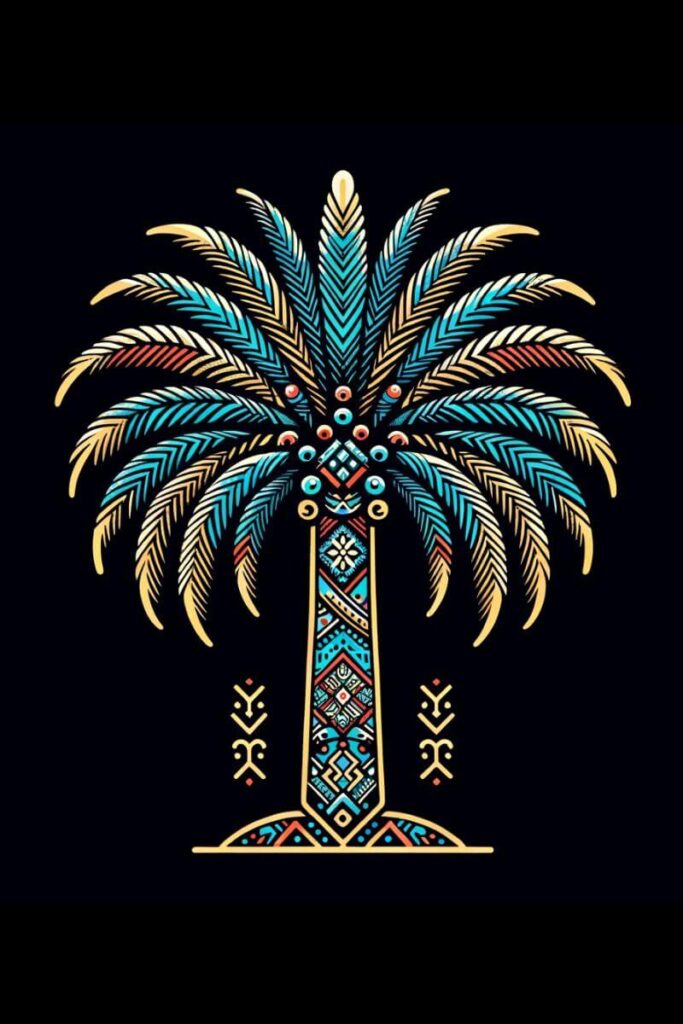
- Berber tattoos are a rich form of expression from North Africa.
- They carry deep meanings and are steeped in history and culture.
- This article delves into their symbolism, cultural significance, and artistic values.
Table of Contents
What is a Berber Tattoo?
Berber tattoos, traditionally inked on Berber women, are more than mere body art. They are a symbol of cultural identity and a living artifact of the rich heritage of Berber tribes across North Africa.
Berber tattoos, known as “Iqerfan” in Tamazight, the Berber language, are steeped in history. Their origins trace back thousands of years, evident in ancient rock art and historical texts.
These tattoos serve not only as beautification but as symbols of social status, tribal affiliation, and a rite of passage.
Every tattoo on a Berber woman’s body, from her face to her feet, tells a unique story.
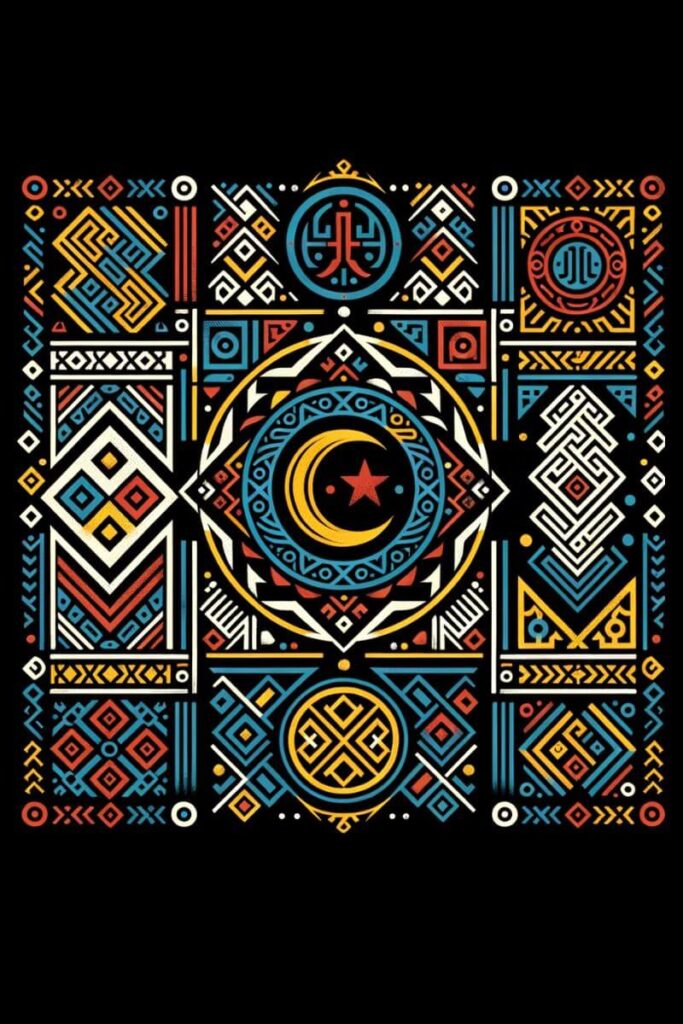
They represent a blend of indigenous beliefs, Islamic influence, and the region’s complex history. Historically, these tattoos were inked using natural elements like soot or crushed antimony.
Their designs range from simple dots and lines to intricate geometric patterns, each carrying specific meanings and cultural connotations.
Berber Tattoo Facts
- Historical Significance: Berber tattoos date back to pre-Islamic times, with roots in ancient rituals and traditions.
- Geometric Patterns: These tattoos are renowned for their geometric shapes, reflecting the Berber’s deep connection with nature and the cosmos.
- Facial Tattoos: Berber women often wore facial tattoos, signifying beauty, maturity, and tribal identity.
- Tattoo Techniques: Traditional Berber tattooing involved using natural pigments and was a ritual performed by skilled women within the community.
- Influence of Religion: Islamic influence transformed the Berber tattoo culture, introducing new symbols and restrictions.
- Symbols of Protection: Many tattoos were believed to offer protection against evil spirits or bad luck.
- Cultural Renaissance: Modern interest in Berber tattoos reflects a resurgence in Amazigh cultural pride, especially among young North Africans.
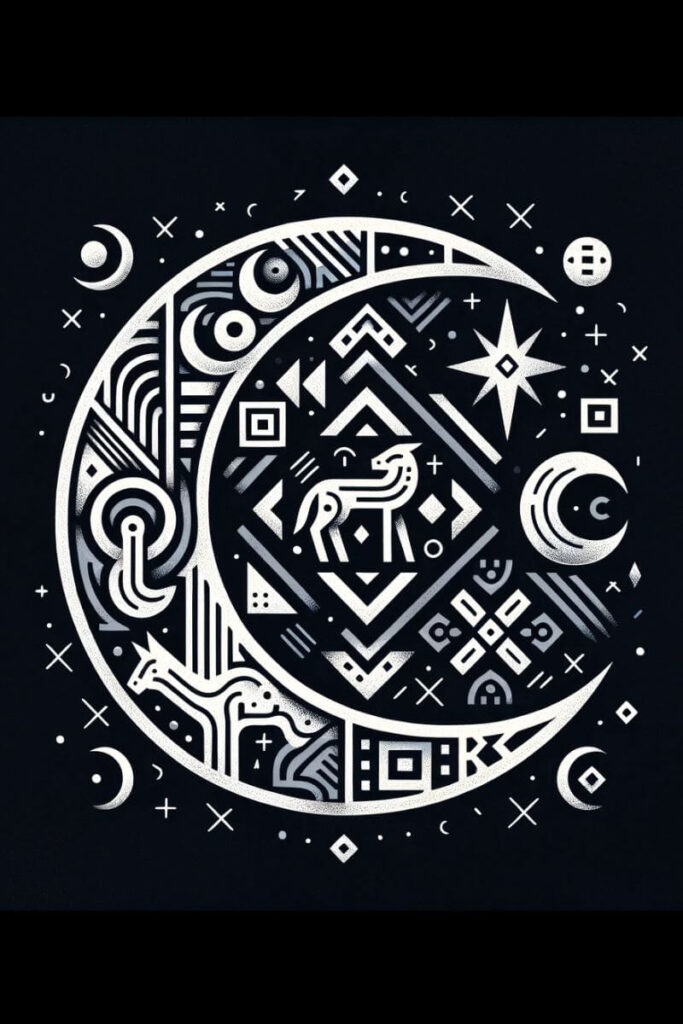
Berber Tattoo Symbolism and Meanings
Berber tattoos are a language of symbols, each with its own story and significance. A line or dot is never just a decorative element; it’s a symbol woven into the fabric of Berber culture.
- The Eye: A common motif, symbolizing protection against the evil eye and misfortune.
- The Triangle: Represents femininity and fertility, often found on women’s ankles or wrists.
- The Zed: Resembling the English letter ‘Z’, this symbol is often interpreted as representing a free man or warrior.
- Crosses and Diamonds: Symbols of the stars and the spiritual world, reflecting the Berber’s connection with nature and the universe.
- The Palm Tree: A symbol of life and resilience, often found in tattoos from desert regions.
- The Snake: Embodies wisdom and healing, a tribute to the ancient Berber goddess of the Aures Mountains.
These symbols offer a glimpse into the rich tapestry of Berber beliefs and values, encapsulating everything from individual identity to broader cosmological concepts.
Meaning of Berber Tattoos in Different Cultures
Berber tattoo symbolism varies across different cultures and contexts.
In Western cultures, these tattoos are often admired for their aesthetic beauty and exotic appeal. However, they sometimes lack the deep cultural understanding and respect that they command in their native context.
In contrast, within Berber and broader North African communities, these tattoos are deeply revered, embodying a connection to ancestry, land, and cultural heritage.
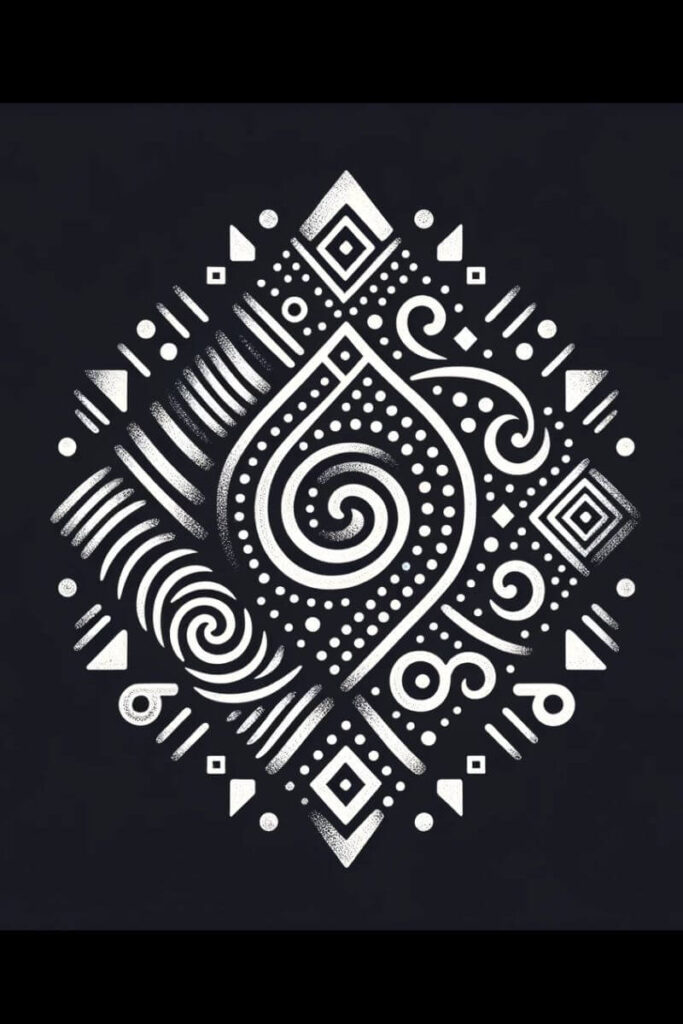
Modern pop culture and media occasionally feature Berber symbols, often stripped of their original meanings and used as exotic or mystical motifs. However, there’s a growing movement within North African diaspora communities to reclaim and celebrate these tattoos as symbols of cultural identity and pride.
Berber Tattoo Spiritual and Mythological Meaning
Berber tattoos are deeply entwined with spiritual and mythological beliefs.
- Protection from Spirits: Many designs are believed to ward off evil spirits or bad luck, echoing ancient animistic beliefs.
- Connection to Deities: Certain symbols are associated with specific deities or mythological figures from Berber folklore, signifying respect and devotion.
- Ritual and Ceremony: Tattoos often mark significant life events or rites of passage, each design signifying a different stage or experience in life.
- Cosmological Significance: Some designs reflect the Berber understanding of the cosmos and their place within it, symbolizing stars, the sun, and the earth.
These tattoos are more than just body art; they are a living canvas of myths, stories, and religious beliefs, each line and curve a testament to the rich spiritual tapestry of the Berber people.
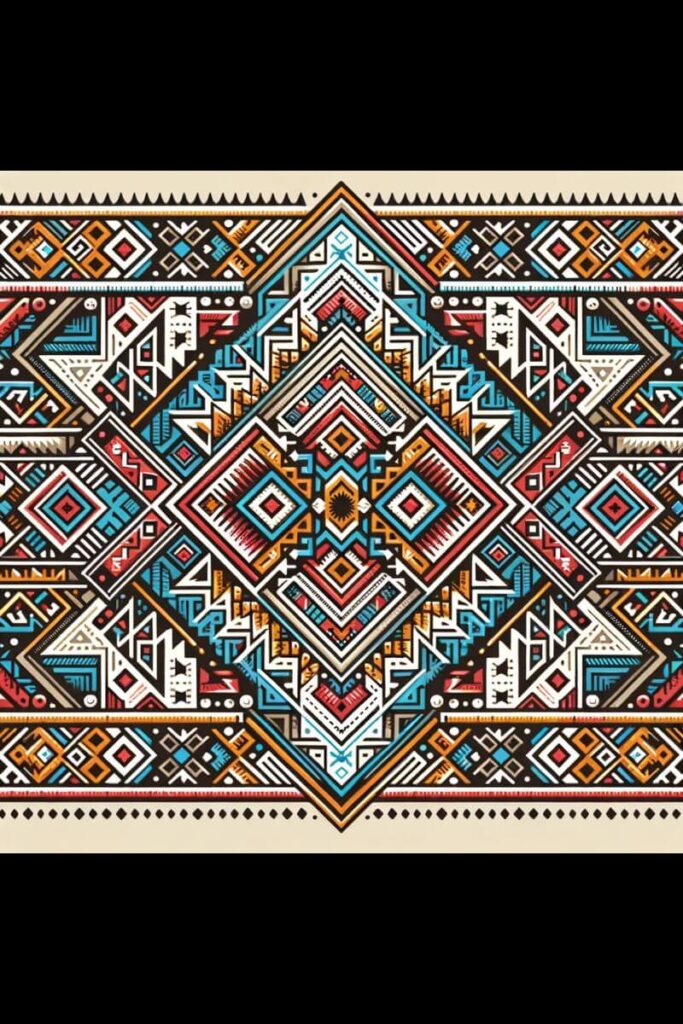
Berber Tattoo Meaning
In tattoos, each Berber symbol carries specific meanings:
- Triangles: Signify strength, stability, and feminine energy.
- Lines and Dots: Often represent longevity and perseverance.
- Animal Motifs: Embody the characteristics of the animal, such as the strength of a lion or the endurance of a camel.
- Agricultural Symbols: Like the palm tree, signify life, sustenance, and connection to the land.
- Geometric Shapes: Reflect balance, order, and the eternal cycle of life.
These meanings vary depending on the style, placement, and context of the tattoo, each one a personal and cultural statement.
Berber Tattoo FAQs
Is it appropriate for non-Berbers to get Berber tattoos?
Respect and understanding are crucial. While it’s not inherently inappropriate, it’s important to approach Berber tattoos with a deep respect for their cultural significance.
Educating oneself about the meanings and history of these tattoos is essential before making a decision.
What should one consider before getting a Berber tattoo?
Understanding the symbolism is key. Each Berber tattoo has a specific meaning and cultural context.
It’s also important to consider the placement and design, as these factors contribute to the tattoo’s significance.
Consulting with knowledgeable artists or members of the Berber community can provide valuable insights.
How to care for a Berber tattoo?
Caring for a Berber tattoo is similar to caring for any other tattoo. It’s important to keep it clean, moisturized, and protected from the sun.
Following the aftercare instructions of a professional tattoo artist is essential for ensuring the longevity and vibrancy of the tattoo.
Please note that the information on tattoo meanings in this blog is for general guidance only and not a substitute for professional advice. Tattoo symbolism can vary greatly, and we recommend consulting with qualified experts to understand the significance and appropriateness of any design before proceeding.
